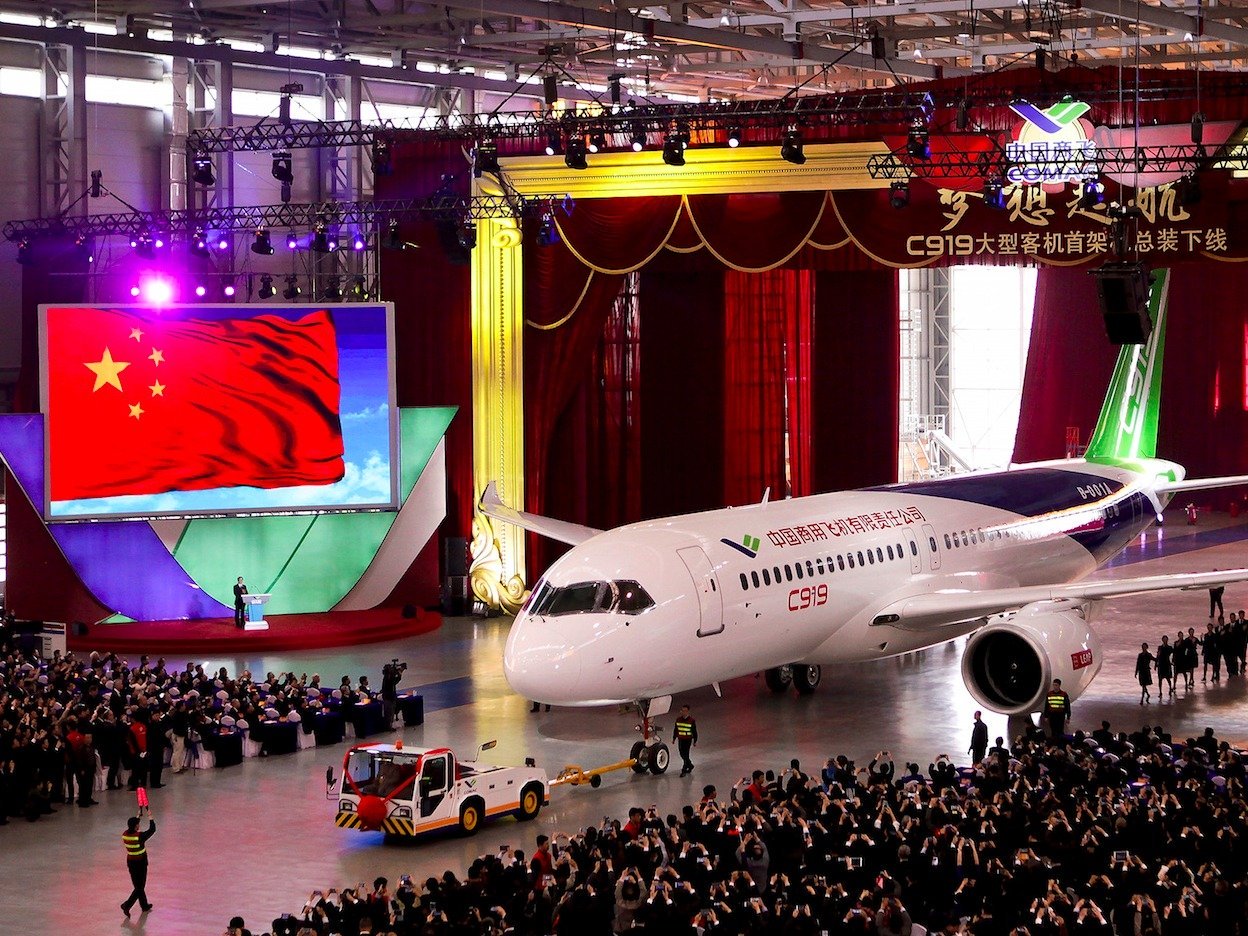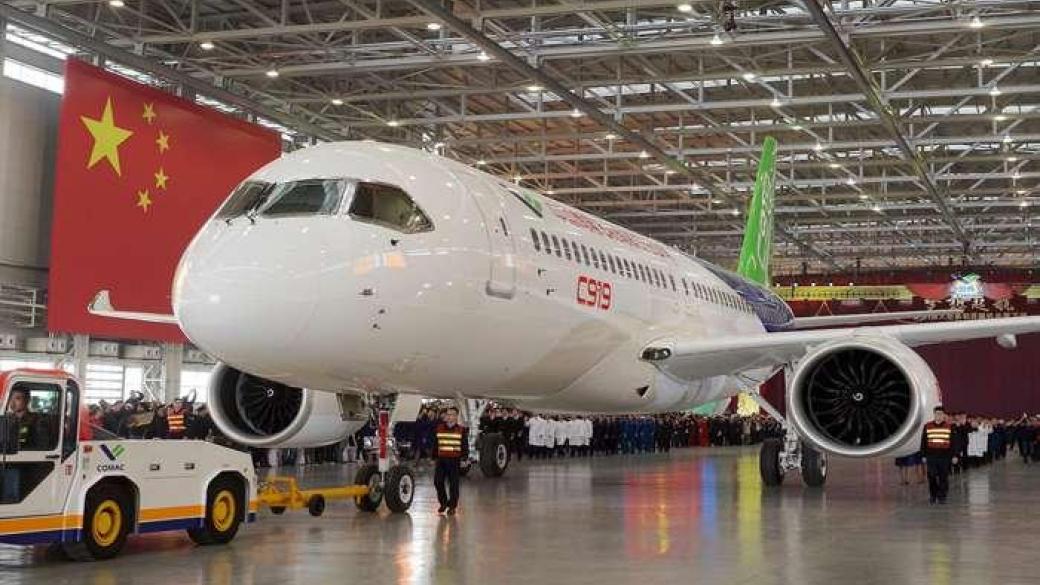On Sunday, China made a major leap forward in its aviation industry, heralding a new era for the sector globally. With its first commercial flight, the C919, a large, homegrown passenger jet, completed its maiden journey from Shanghai to Beijing, marking a significant step in China’s bid to assert itself as a serious player in the aircraft manufacturing market.
For years, the duopoly of Boeing and Airbus has dominated the aircraft industry. However, with the launch of the C919, China is aiming to disrupt this longstanding balance of power. Built by COMAC (Commercial Aircraft Corporation of China), the C919 is a direct competitor to the A320 from Airbus and the B737 from Boeing, both popular choices for domestic and short-haul international flights.
The C919 is an embodiment of Beijing’s “Made in China 2025” strategy. This ambitious program aims to transform the country from a low-cost manufacturing giant to a high-tech industrial powerhouse. The strategy includes a commitment to reduce reliance on foreign imports in key sectors, including aviation.
“The first commercial flight is a coming-of-age ceremony of the new aircraft, and C919 will get better and better if it stands the test of the market,” said Zhang Xiaoguang, director of the marketing and sales department of COMAC. Such confidence echoes the sentiment of a nation eagerly breaking free of its dependence on foreign technology and expertise.
Although the C919 features some components from Western companies, such as the LEAP-1C engines developed by CFM International (a joint venture between General Electric and Safran), many of the plane’s key components – including the nose, fuselage, outer wing, and stabilizers – were designed by COMAC.

By December 2022, the C919 had garnered 1,035 orders from 32 clients, suggesting a strong market interest in the aircraft. This is a clear signal that, despite being newcomers, Chinese aviation manufacturers are poised to become global competitors.
However, this breakthrough does not come without its challenges. As a newcomer, China’s aviation industry needs to build a reputation for safety and reliability, aspects where Airbus and Boeing, despite some notable setbacks, have decades of experience. Another major challenge lies in the need to establish a global customer service and maintenance network, a complex and costly endeavor.
China’s entry into the large passenger jet market will likely fuel increased competition, potentially leading to a wider variety of offerings and better prices for airlines. The increased competition could also spur innovation and advancement in aviation technology.
In the broader geopolitical context, the success of the C919 underscores China’s growing technological prowess and its ability to challenge established Western dominance in high-tech industries. This shift could have far-reaching consequences, impacting the global balance of power in technology and manufacturing.
In conclusion, the successful commercial flight of the C919 is a pivotal moment not just for China but for the global aviation industry as a whole. As this new chapter in aviation history begins, the world will be closely watching how this intriguing development plays out in the dynamic skies of the global economy.
